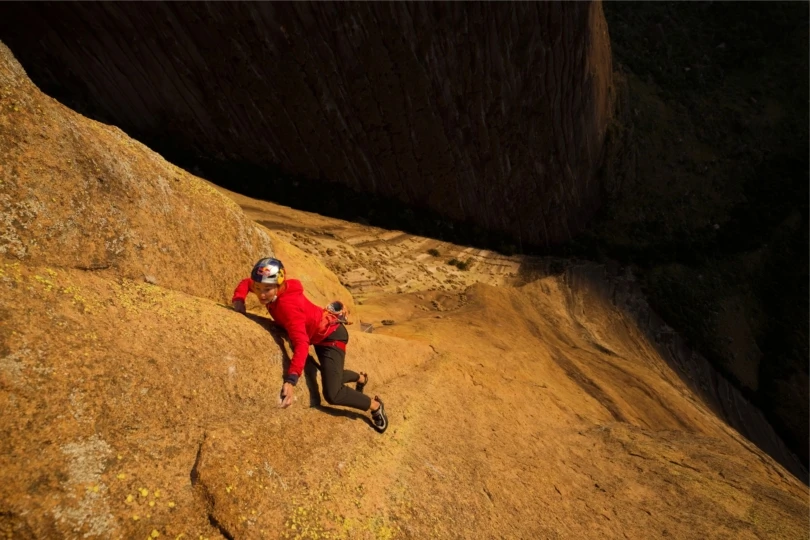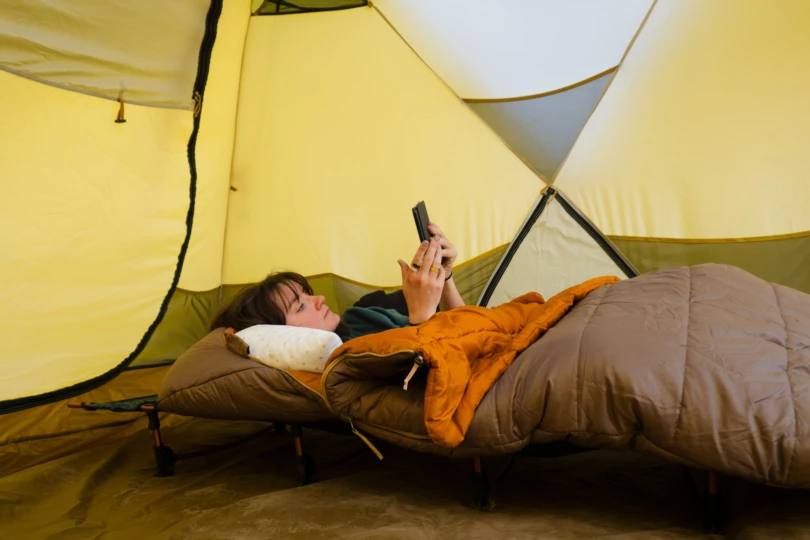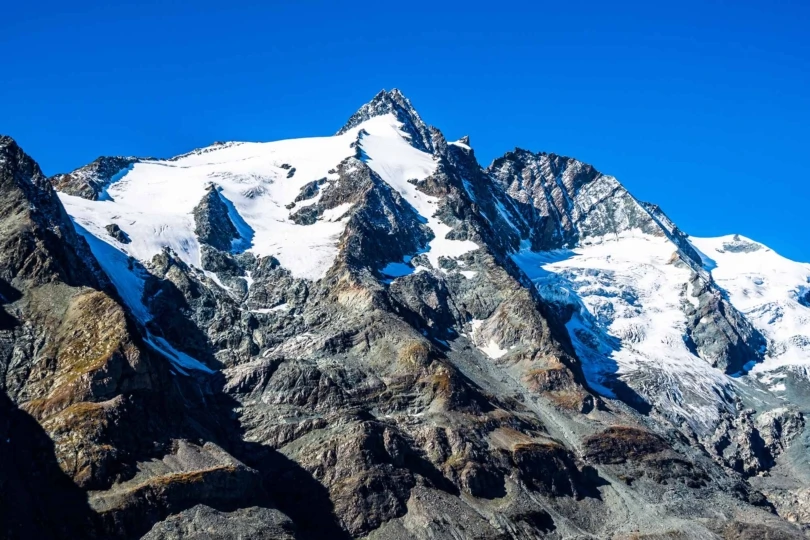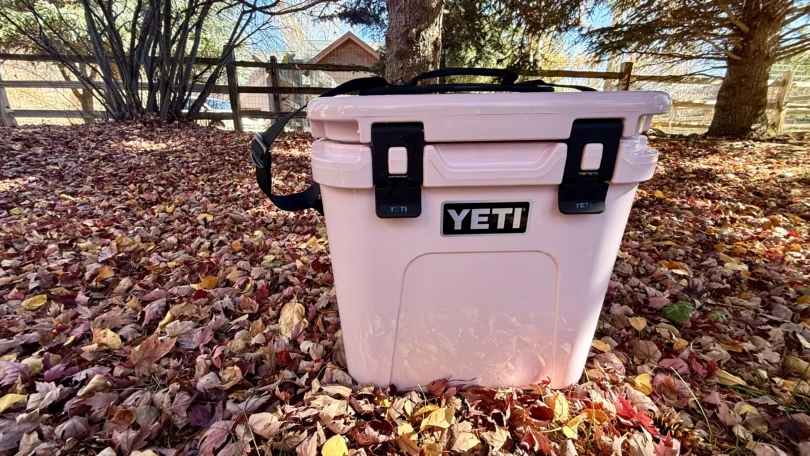A Wilderness Climbing Permit will be required for all climbers staying overnight, beginning this month.
In an effort to understand climbing patterns and ensure ecologically safe practices, Yosemite National Park will soon require some climbers to purchase a special permit, park officials announced today.
The Wilderness Climbing Permit will be free but mandatory for every big-wall climber who stays overnight in the park. The National Park Service said there will be no limits on the number of permits the park issues.
“Yosemite’s big-wall climbs occur almost entirely in designated Wilderness — the highest degree of protection available for public land. Both park management and park visitors have a special responsibility to protect designated Wilderness for this and future generations,” park officials said in a statement.
Here’s what you need to know about Yosemite’s Wilderness Climbing Permit and new rules.
Yosemite Climbing Permit
The new rules take effect May 21, 2021, and apply only to big-wall climbers staying overnight. Day climbers don’t need the permit. Those who require a permit will need to request a permit reservation 4 to 15 days prior to their planned climb. Each permit will cover up to four people.
With the permit, climbers can bivouac on any vertical cliff, face, or wall in Yosemite, with a few stipulations. They must be at least one pitch off the ground on a route that is grade V or higher, follow all existing Yosemite regulations, and not be in a closed area. NPS officials note that climbers can not bivouac or camp on walls outside of designated wilderness, like Rostrum or Elephant Rock.
Yosemite officials said the permit pilot program will help visitors adhere to park regulations, as most people who break a park rule “don’t realize they’re violating it.” According to the press release, overnight climbers will receive a similar in-person instruction meeting as overnight hikers in the park do. If the program works as intended, officials say Yosemite will see less trash, human waste, and abandoned equipment caches.
To assess the efficacy of the pilot program, rangers will collect data on the number of climbers on each route and seasonal use patterns in wilderness climbing areas in Yosemite Valley and Tuolumne Meadows. They will also evaluate how well Leave No Trace education briefings work when climbers pick up their wilderness permit.
To learn more, check out Yosemite’s Wilderness Climbing Permit FAQ here.







